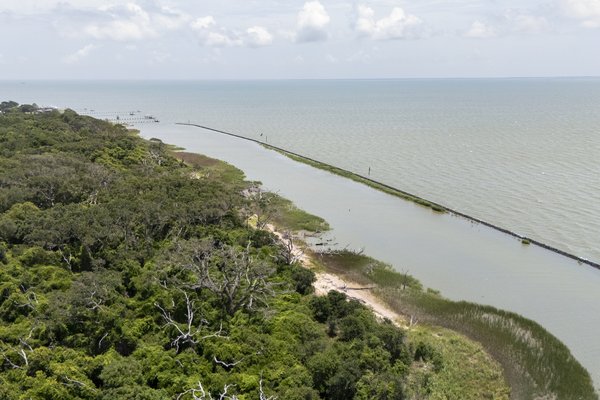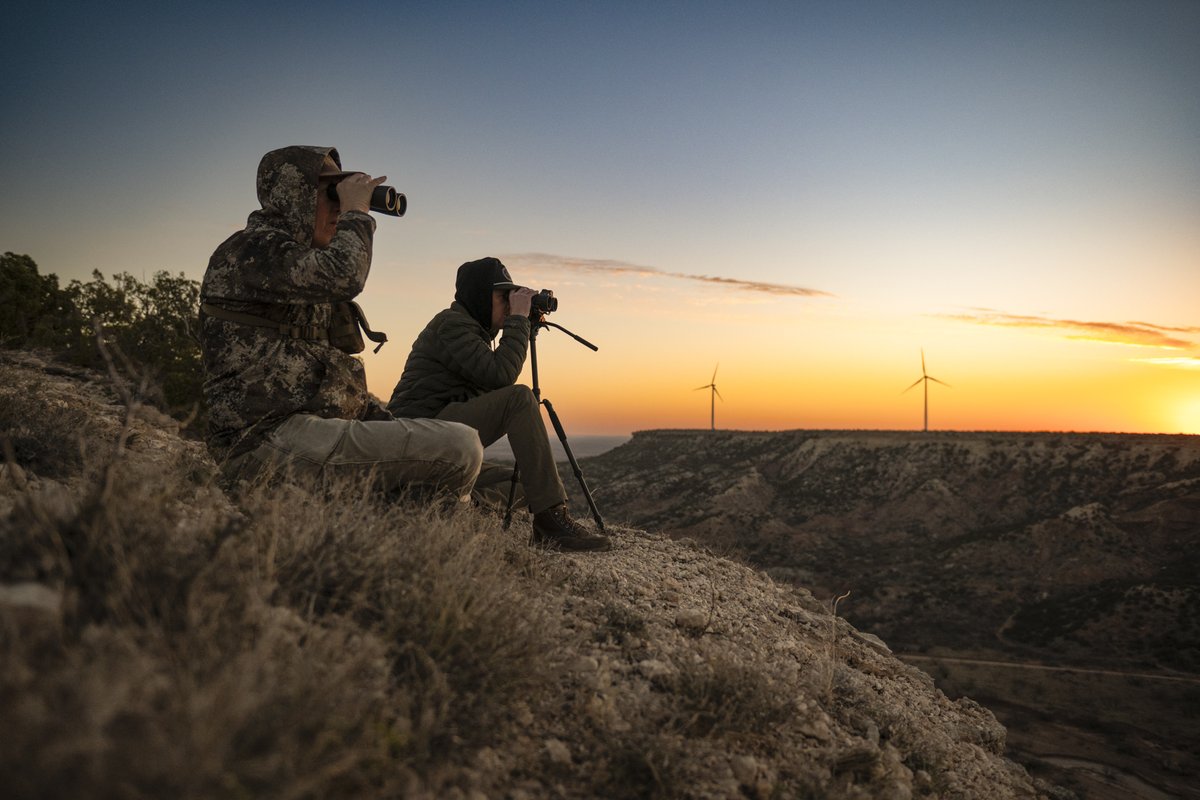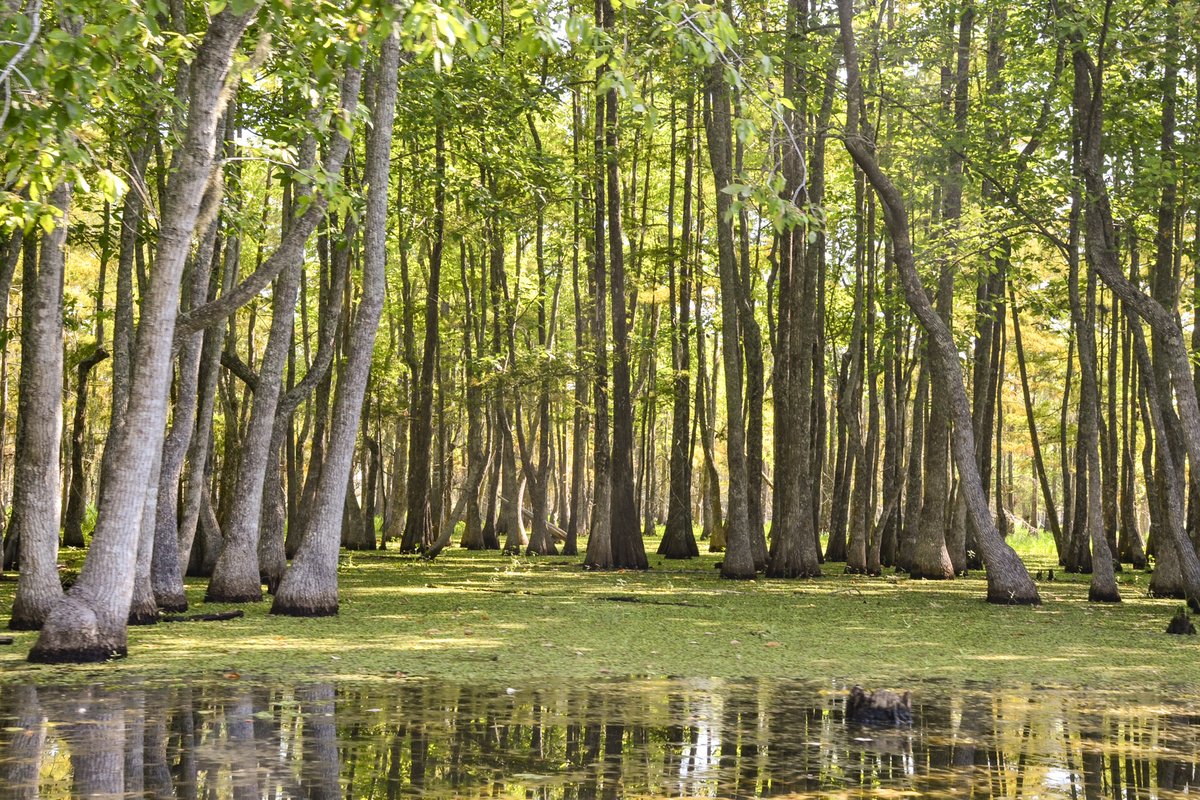A dozen species of raptors, give or take, ranging from common kestrels to great horned owls; another dozen bird species, give or take, including avocets, eastern phoebes and white pelicans.
Visitors can see all this and more on a slow day at Smith Point, part of the 207-acre Candy Cain Abshier Wildlife Management Area on east Galveston Bay. During a late-fall visit last year, a highlight for birders was 31 broad-winged hawks on their way to South America.
Named for the late Catherine “Candy” Cain Abshier, a Texas Parks and Wildlife Department employee who promoted wetlands conservation, recycling and preservation of historic sites, the Candy Cain Abshier WMA happens to be one of the top spots in the U.S. to see migrating hawks. Since 1997, in partnership with the U.S. Fish and Wildlife Service, Hawk Watch International and TPWD, the nonprofit Gulf Coast Bird Observatory (GCBO) has sent observers to the 30-foot tower at the WMA to track migrants. The annual hawk watch takes place each year from Aug. 15 to Nov. 15. Although Smith Point does not boast the massive kettles found at Hazel Bazemore Park in Corpus Christi, from mid-August through November it remains a great birding spot, an easy drive from Beaumont and Houston.
“We get the same number of species, but we just don’t get the biomass,” says Rebecca Bracken, director of conservation research at GCBO. Bracken describes Smith Point as a “natural funnel” for southbound birds skirting sprawling urban development along the upper Texas coast.
The mature oak trees provide perches for avian passers-by and habitat for insects and other prey for mighty raptors to fuel up before they cross the Gulf.
In addition to the tens of thousands of Mississippi kites, broad-winged hawks, Swainson’s hawks, falcons and accipiters that are seen annually, species such as swallow-tailed kites are seen in smaller numbers.
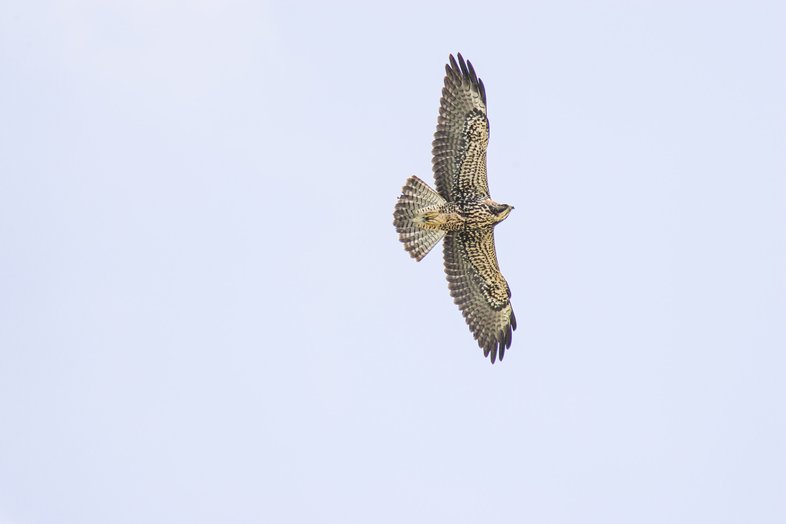
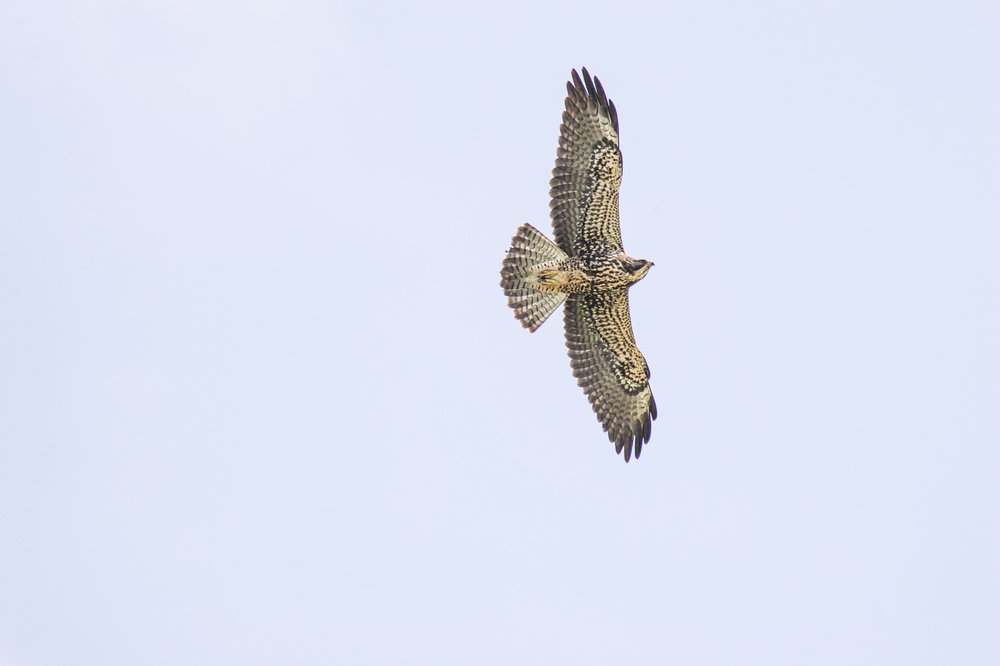
Kathy Adams Clark / KAC Productions
Kathy Adams Clark / KAC Productions
The greatest number of hawks amass, Bracken says, when there is a change in the prevailing winds. After a couple of days of good northerly winds blowing southward, autumn breezes can abruptly swing around. That shift creates a kind of inverted “fallout” (the spring phenomenon at places like nearby High Island, when northbound songbirds stall upon landfall) with raptors circling and climbing high on thermals before resuming their migration.
With tens of thousands of broad-winged hawks reaching the upper Texas coast annually, mostly heading for Brazil, Smith Point holds potential for a sensational spectacle. In peak season, generally through mid-October, it’s possible to see as many as 10,000 hawks in a single day. Visiting in August offers birders the best chance to view swallow-tailed kites.
The GCBO census marked 2014 as a banner year with a grand total of 111,411 raptors; broad-winged hawks accounted for 103,877 of these. “Every year is different,” says Bob Baez, who has tracked birds at Smith Point for two decades. “You just never know.”
On the first Saturday in October, GCBO hosts its Hawk Watch Celebration at Smith Point from 10 a.m. to 1 p.m. The event offers a chance to learn raptor identification and see live rehabilitated hawks brought by the Wildlife Center of Texas, and there’s free food and drink.
What To Do
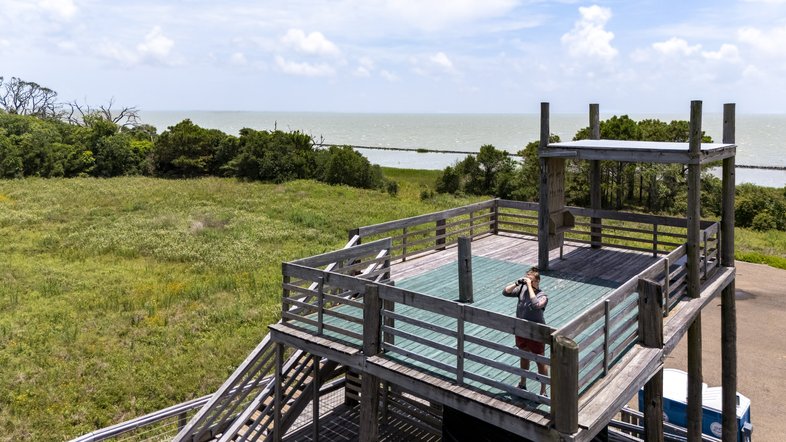
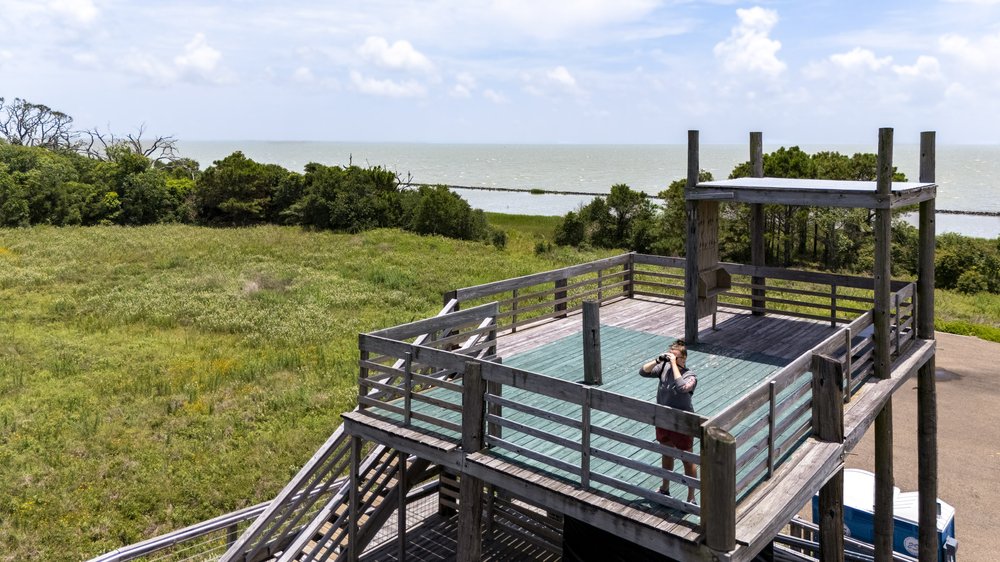
Maegan Lanham
Maegan Lanham
The WMA has some mowed sections that allow visitors to explore the coastal prairie and live oak stands, but there is not a lot of hiking.
One rare terrestrial creature to watch for is the diamondback terrapin, an aquatic turtle found in brackish water. Saltwater anglers can wade and cast a line along the waterfront too.
Nearby, the 37,000-acre Jocelyn Nungaray National Wildlife Refuge (formerly Anahuac National Wildlife Refuge) offers more wildlife watching — spring is a high time to spot passerines, while wading birds, rails and waterfowl are year-round residents. There are driving tours — bring your camera — boardwalks to explore the wetlands, boat ramps to access East Bay and Oyster Bayou, as well as paddling options. With a license, anglers and hunters can pursue saltwater game fish and ducks in season. Find brochures and restrooms at the visitor center south of the entrance gate on FM 1985. The center is open most weekends 9 a.m. to 4 p.m.

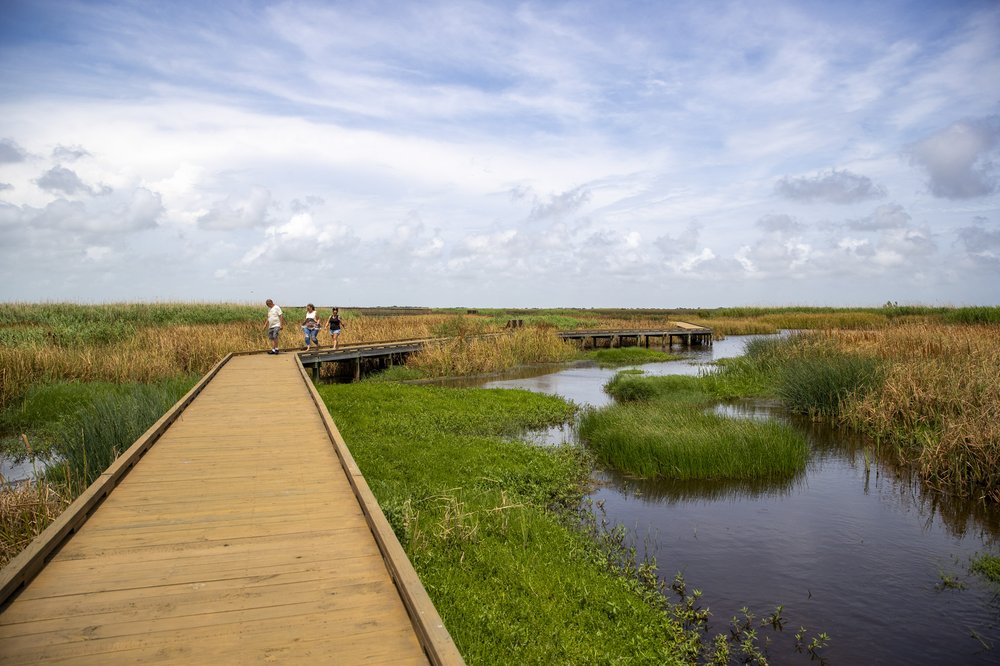
Maegan Lanham
Maegan Lanham
How To Visit
Candy Cain Abshier WMA is open for nonconsumptive uses during daylight hours year-round. Access to the shore of Galveston Bay is available from the visitors parking area next to the Hawk Watch Tower.
To visit any WMA, you need either a Limited Public Use Permit ($12) or a General Public Hunting Permit ($48). You can purchase either online on the TPWD website, in person at TPWD offices and retail hunting and fishing license dealers, or by phone at 800-TX-LIC-4U. Unlike state parks campsites, which must be booked online, WMAs do not require advance reservations.

